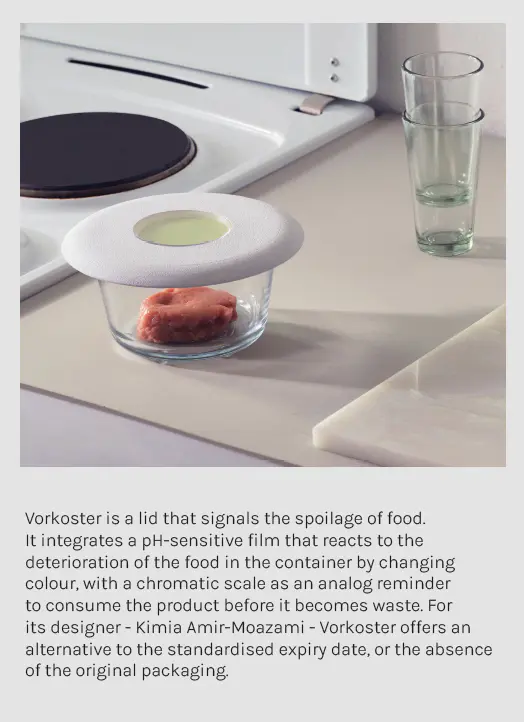Space management and food preservation, fundamental inthe domestic strategy against food waste.
Consumers, who take an increasingly active part in thetransition towards global sustainability, are changing the paradigms ofbehaviour. Future consumers, the "Fridays for Future" young people,set the direction of a market oriented towards environmental well-being,instead of indiscriminate consumerism and waste. And the collective sensitivitytowards food waste takes on particular importance. It is a trend directlyimpacting refrigerators and shopping, both tools for new anti-waste behaviourin the architecture of domestic preservation of food.

SPACE MANAGEMENT, THE NEW FRONTIER IN DOMESTIC REFRIGERATION
In this scenario, while high energy efficiency becomes acommodity, the latest technological challenge is to respond to the demand forflexible management of the internal spaces of the refrigerator, more in tunewith new food consumption habits. Shopping is done more frequently, fresh andzero-kilometer products are bought in local shops or on short-chain onlineshopping platforms.
Thinking around the industrial design of therefrigerator therefore moves along two design axes. On the one hand, thedifferentiated and optimal storage capacity of fresh and natural foods, withdedicated areas capable of modulating temperature and humidity: zero-degreedrawers for meat storage or fish, with controlled humidity for fruit andvegetables, antibacterial treatments that lengthen the times of optimalconservation.
On the other hand, the need for a flexible internalstorage space useable in a simple and obvious way, that functions for thecorrect storage of supplies that vary, in quantity and type according to theneeds and habits of each person. The most recent solutions offer systems thatfacilitate the insertion and removal of food in the refrigerator,height-adjustable or semi-removable shelves that adapt to the varyingdimensions of food and that also enable easy recognition of stored supplies, inan antiwaste and anti-waste perspective. We have all experienced the phenomenonof "forgotten food", which conveys the food directly from the fridgeto the bin. The next milestone of domestic refrigeration aims at artificialintelligence, with systems capable of managing food stocks stored in therefrigerator in an efficient, effective and anti-waste way, monitoring thepresence and expiry of the various foods, and thus favouring smart andoptimised shopping.

TOWARDS SUSTAINABLE PACKAGING


When the shopping arrives at home, a golden rule ofconservation requires that the foods placed in the refrigerator are keptseparate and protected by wrapping and containers, to avoid cross-contaminationbetween one food and another and to protect its organoleptic qualities, asituation in which, paradoxically, in order not to waste food, there is a riskof increasing plastic pollution. However, innovative solutions and alternativesto plastic, the largest component in food packaging, are arriving on to thescene. Biodegradable, even edible, materials are being studied, such as thefilm obtained from vegetable waste produced by the Californian Apeel Sciences,an odorless and tasteless coating which, when sprayed on fruit and vegetables,doubles or triples its shelf life. Thanks to nanotechnology, intelligentpackaging is being tested that is capable of monitoring the conditions ofpackaged foods and communicating them. Sensors integrated into organic filmssignal, for example, temperature or freshness and there is a label that turnsred to signal the poor condition of the food, preventing the user from unwiseconsumption.


Copyright © Homa2023
Allrights reserved

.jpg?VGhlIFBlcmZlY3QgU2xvdC1pbijmraPnoa4pLmpwZw==)












.jpg?MTkyMHg3MjDvvIhkZXPvvIkuanBn)
.jpg?MTAyNHg3NDDvvIhkZXPvvIkuanBn)



















